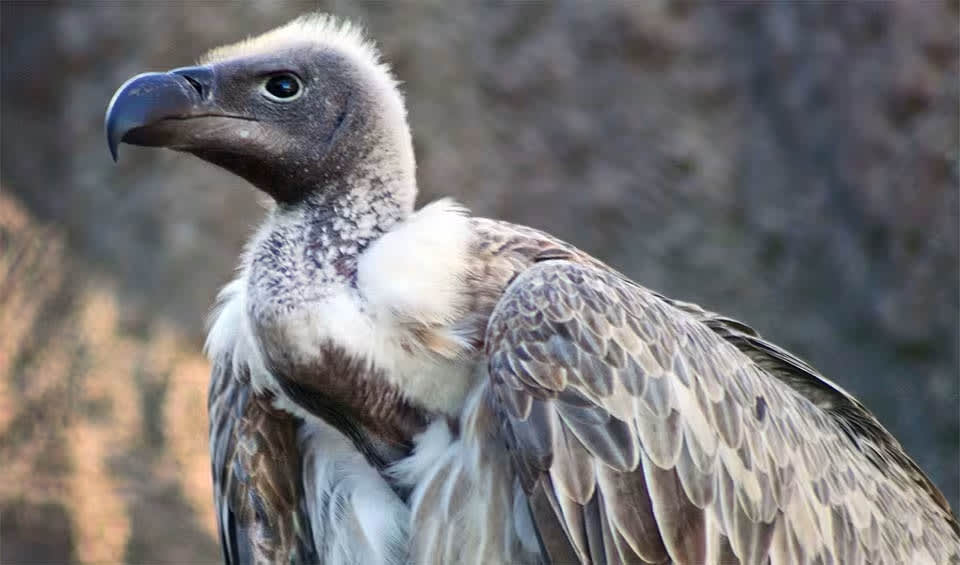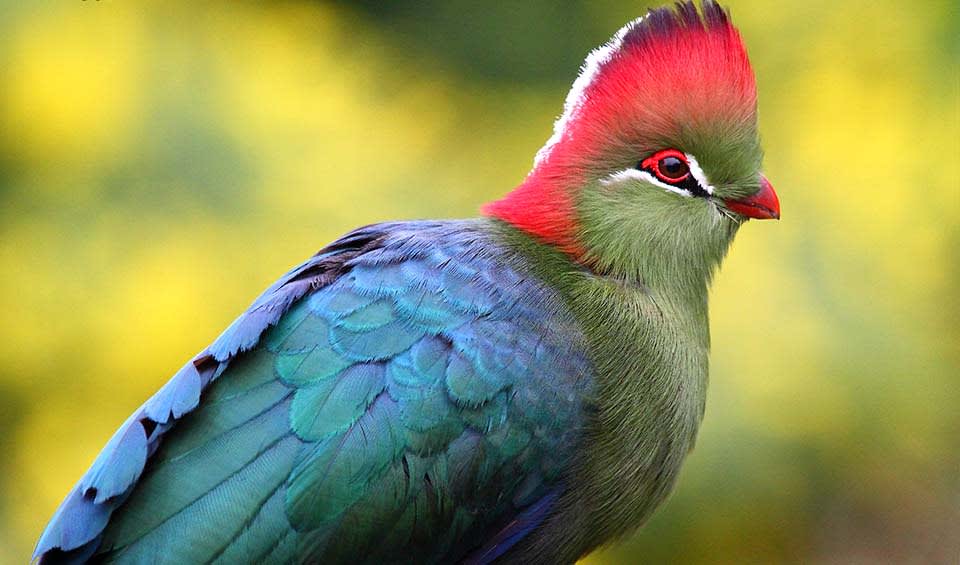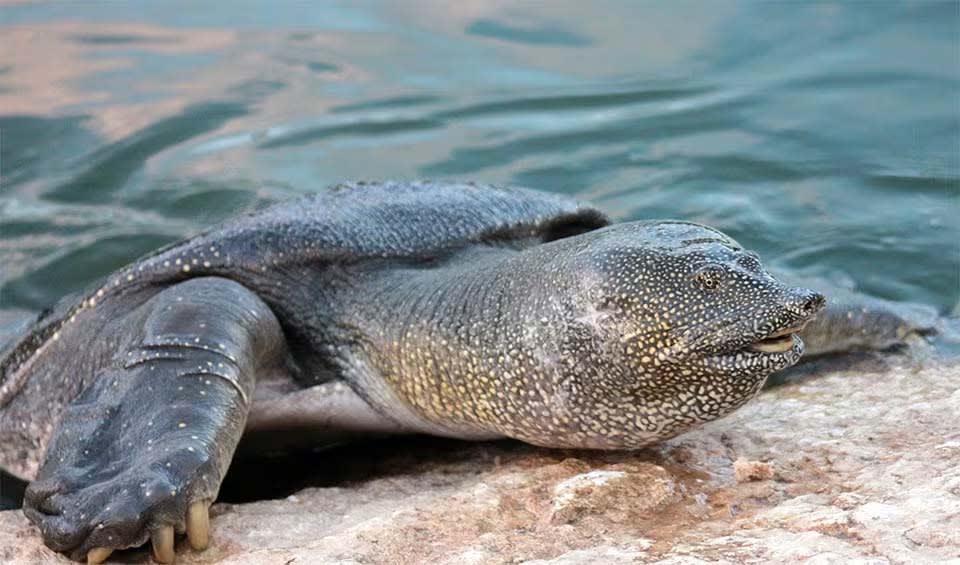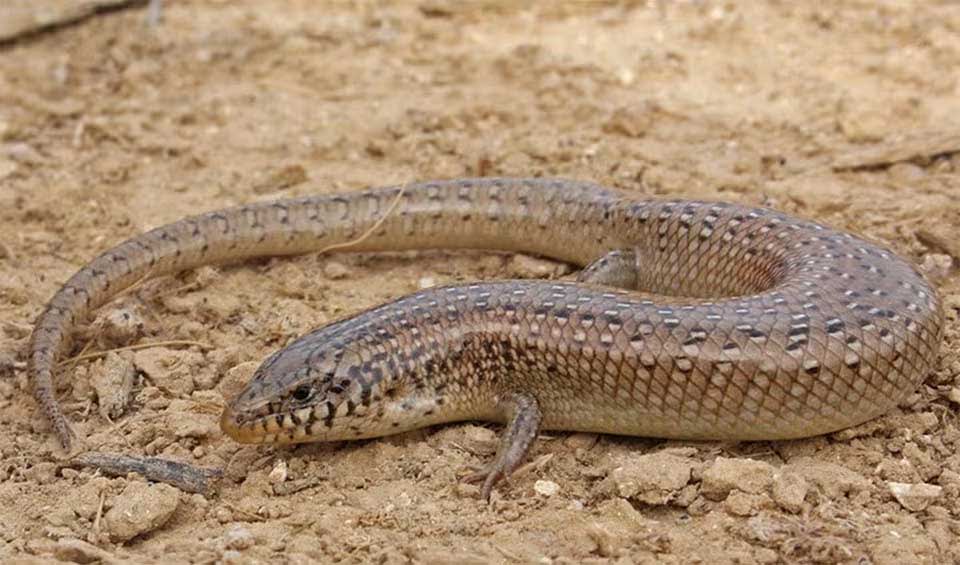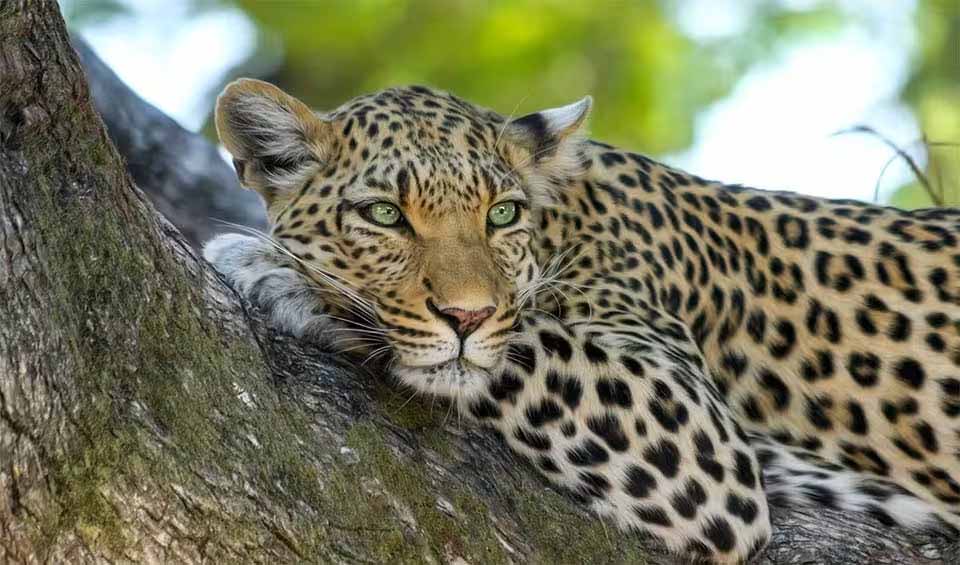Somalia, located in the Horn of Africa, showcases a significant ecological diversity despite its challenging climatic and political conditions. Occupying a strategic position along the coast of the Indian Ocean, including the longest coastline on mainland Africa, Somalia’s varied landscapes range from arid deserts in the north to riverine bushland, savannas, and mountains inland, extending to lush coastal plains in the south. These habitats support a complex array of biodiversity integral to the region.
Somalia is particularly noted for its extensive marine biodiversity along its lengthy coastline, which is critical for coral reefs, various species of fish, and marine mammals, including dolphins and, occasionally, whales. The country’s terrestrial ecosystems are equally diverse, with a variety of flora and fauna adapted to its predominantly arid conditions. Somalia hosts unique species such as the Somali wild ass, the endangered dibatag (Clarke’s gazelle), and a variety of antelope species.
Four pillars elaborated:
Somalia relies heavily on its natural resources for economic sustenance, including land, rivers, forests, sub-soil assets, and marine fish stocks. However, these resources are under significant strain, with evidence pointing to declining biodiversity and ecosystems across various sectors such as forests, agriculture, rangelands, marine and coastal resources, wetlands, inland waters, and wildlife. For instance, from 1980 to 2014, Somalia saw a drastic reduction in forest cover from 62% to just 10.3% of its total land area, with millions of trees felled for charcoal production between 2011 and 2017 alone. This depletion has not only harmed livelihoods but also contributed to biodiversity loss, land degradation, food insecurity, and heightened vulnerability to environmental hazards like flooding and drought. Land Management
Land Management
The primary factors threatening biodiversity in Somalia encompass habitat degradation and loss, notably through deforestation for timber and charcoal production, alongside overexploitation including illegal fishing and poaching. Pollution, invasive species, and climate change further exacerbate these challenges. Somalia’s ecosystems, including forests and rangelands, face heightened vulnerability due to escalating climatic extremes and recent droughts, impacting both wildlife and habitats. Indirect drivers, such as poverty, insecurity, and civil conflict, as well as limited awareness and institutional capacity for conservation, underlie these threats, complicating efforts to safeguard biodiversity. Threats to Biodiversity
Threats to Biodiversity
According to Article 25 of the Somali Constitution, individuals are entitled to an environment that safeguards their health and well-being, free from pollution and harmful substances. Additionally, every person has the right to access the country’s natural resources, with protection against excessive and detrimental exploitation. In April 2013, the President of Somalia introduced the ‘Six Pillar Policy’, outlining key strategies for stabilizing and developing the nation. This policy articulates three specific environmental goals: the enactment of laws to preserve and safeguard the environment, the integration of environmental education into formal and informal education systems, and addressing past environmental damages such as deforestation and pollution of Somali waters. Capacity and Governance
Capacity and Governance
Somalia has outlined several forthcoming priorities concerning biodiversity, including bolstering institutional capacities through policy and legislative development, as well as advancing the National Biodiversity Strategy and Action Plan (NBSAP). Additionally, plans involve establishing a comprehensive Somali Environment Coordination Committee, fostering public awareness and engagement, integrating biodiversity concerns into various sectors, promoting community-driven conservation and management initiatives, implementing village-level land use planning, and enhancing Environmental Impact Assessment (EIA) and Strategic Environmental Assessment (SEA) processes. Future Trends
Future Trends
Furthermore, critical focuses include enforcing the ban on charcoal exports, expanding reforestation initiatives across diverse ecological settings, conducting comprehensive field assessments to gauge biodiversity status and inform future conservation efforts, evaluating threats to protected areas and ecosystems, and investigating suspected toxic waste sites on land and in marine environments.
Biodiversity
Somalia boasts the longest coastline in mainland Africa, stretching over 3,300 km (2,051 miles) along the Indian Ocean and the Gulf of Aden. The coastal and marine ecosystems, including coral reefs, seagrass beds, and mangrove forests, are vital for marine biodiversity. These habitats support a wide range of marine life, such as fish, crustaceans, and mollusks. The coral reefs are particularly rich in species, providing essential habitats for fish and other marine organisms. The mangroves serve as important breeding and nursery grounds for fish and crustaceans, and they also protect shorelines from erosion. Marine mammals, such as dolphins and whales, can be found in Somali waters, along with sea turtles that use the beaches for nesting.Most of Somalia’s landscape is dominated by arid and semi-arid environments characterized by sparse vegetation and harsh climatic conditions. These areas are home to a variety of wildlife adapted to the extreme environment, including the Somali wild ass, gerenuk, and the Beira antelope. The desert flora includes drought-resistant plants such as acacias and hardy shrubs that can survive with minimal water. The semi-arid regions also support a range of bird species, including the Somali ostrich and various raptors.
In the table below are the number of known species in several main groups, how many of these species are Threatened with extinction, and how many of them are Endemic (unique to Somalia only):
| Species (World rank) |
Threatened | % Threatened | Endemic | % Endemic | |
|---|---|---|---|---|---|
| Mammals | 187 (#64) | 16 | 8.6% | 9 | 4.8% |
| Birds | 570 (#60) | 20 | 3.5% | 8 | 1.4% |
| Reptiles | 224 (#42) | 6 | 2.7% | 45 | 20.1% |
| Amphibians | 36 (#76) | 22 | 61.1% | 4 | 11.1% |
| Fishes | 845 (#65) | 61 | 7.2% | 16 | 1.9% |
| Plants | 2,964 (#120) | 49 | 1.7% | 52 | 1.8% |
mammals
Reticulated giraffe
The most common giraffe in zoos is the second most endangered giraffe species
Plains zebra
These zebras with the underbelly stripes are the longest migrators in Africa
African wolf
A genetic mix of 72% grey wolf & 28% Ethiopian wolf was classified as an African variant of the golden jackal until 2015!
birds
Somali ostrich
Blue necked browser ostrich from North-east Africa
White-backed vulture
Their highly acidic stomachs and powerful enzymes help break down and neutralize harmful bacteria and toxins present in the carcasses they feed on
Fischers turaco
With its vibrant plumage and melodic calls, it brings beauty to the forest while playing an essential role as a seed disperser
reptiles
African softshell turtle
Instead of a bony shell, it has a flat, leathery covering that helps it glide smoothly through the water
Ocellated skink
Stands out with its striking ocelli, or eye-like markings, that adorn its sleek body
Nile crocodile
One of the most iconic animals of Africa and the second largest reptile on earth
National Animals
Leopard
Disappearing graceful shadows, this tree-climber is on the way to extinction
Cheetah
Racing to extinction: historically ranging throughout Africa to India, now distributed in small, fragmented populations
Superb starling
Widespread and bright; a superb starling indeed




